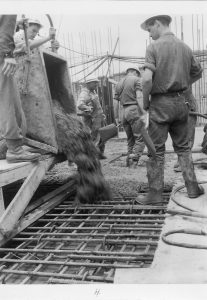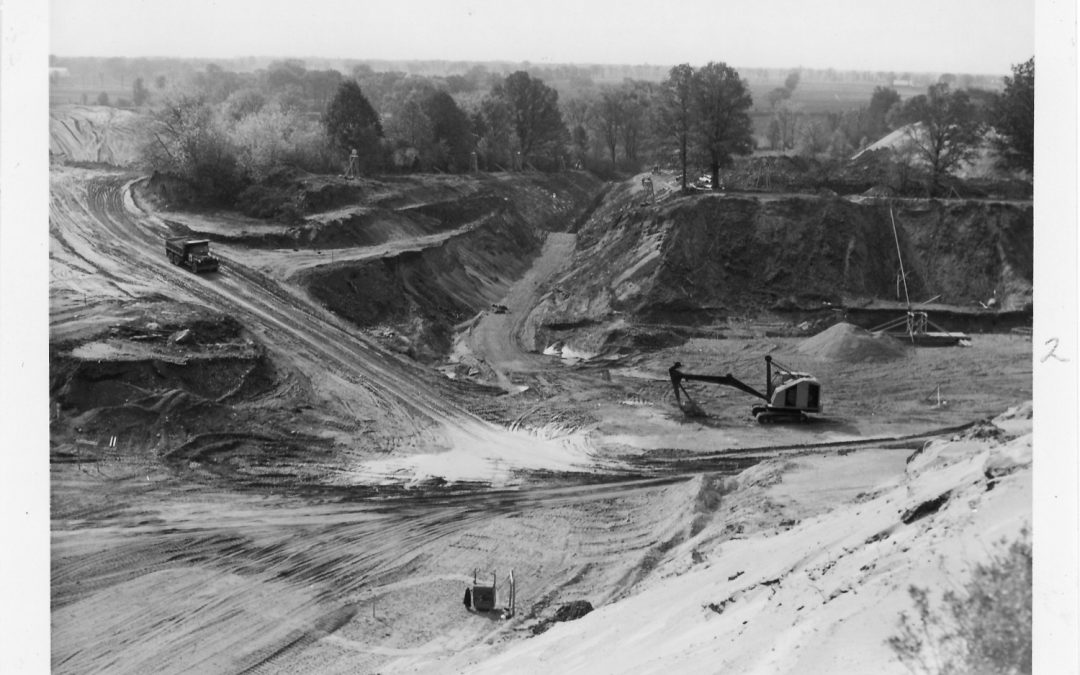 August is Archaeology Month!
August is Archaeology Month!
Throughout August, we will be highlighting the archaeology of the Cold War as we unveil material remains of the past.
Archaeology gives insight into history by voicing the involuntary (or voluntary) silence of the past. The Cold War was a pivotal event of the twentieth century that was built on secrecy, control, and concealment. Through archaeology and through the examination of Cold War artifacts, we have a greater understanding of a period that was once clouded by potential nuclear detonation. Artifacts from the Cold War era can be described as archaeology of the contemporary past, as connections between material past and the living present must be made in order to comprehend these artifacts that were designed, built, used, and ultimately abandoned.
Join us this August at the Diefenbunker, Canada’s most significant Cold War artifact, to celebrate Archaeology Month. Step into history and immerse yourself in the stories, the people, and the artifacts of the past. As a museum and national historic site, the Diefenbunker strives to preserve history and to provide an understanding of our past and our collective future.
Fun fact: material remains is a term used to encompass objects, artifacts, specimens, and physical evidence that has been excavated or removed through the archaeological effort to preserve and study history.
Reference links
Archaeology of the Contemporary Past (University of York)
The archaeology of the contemporary past (Taylor & Francis Group)
Material remains (Legal Information Institute)
2022 Archaeology Month Blog Posts
The Concrete Cores of the Diefenbunker
